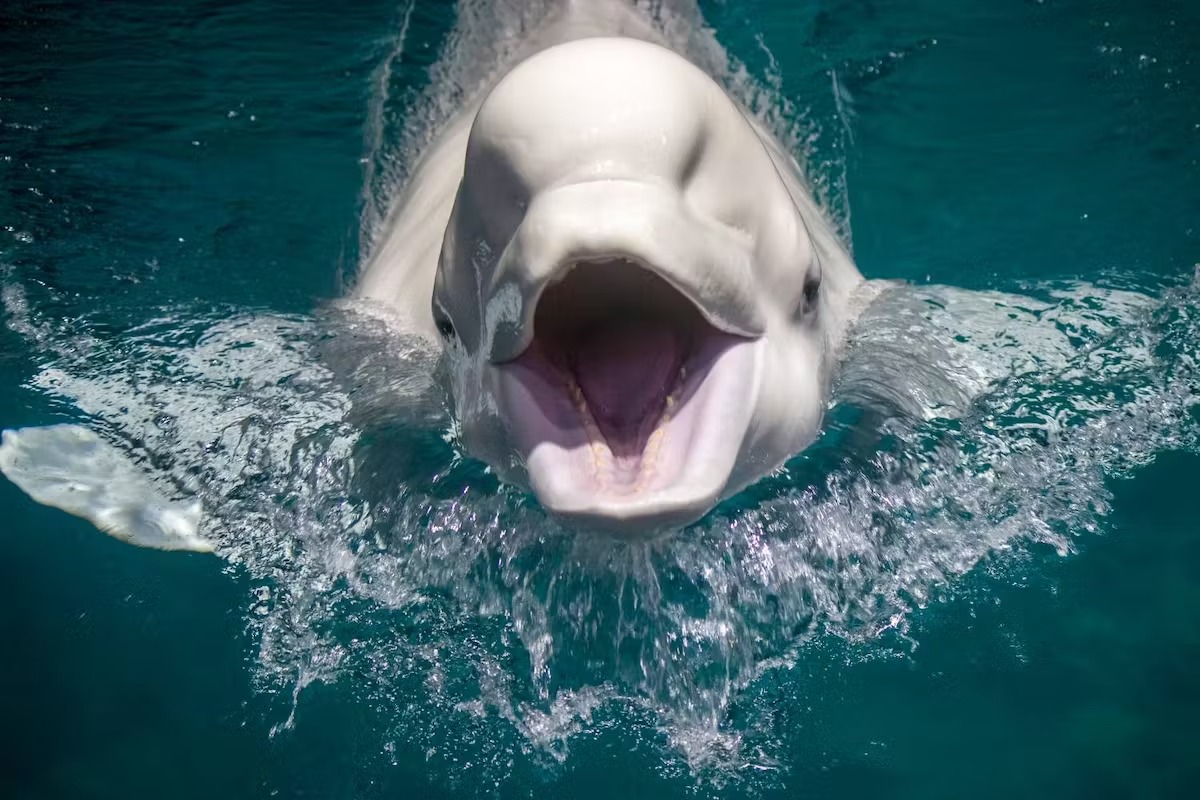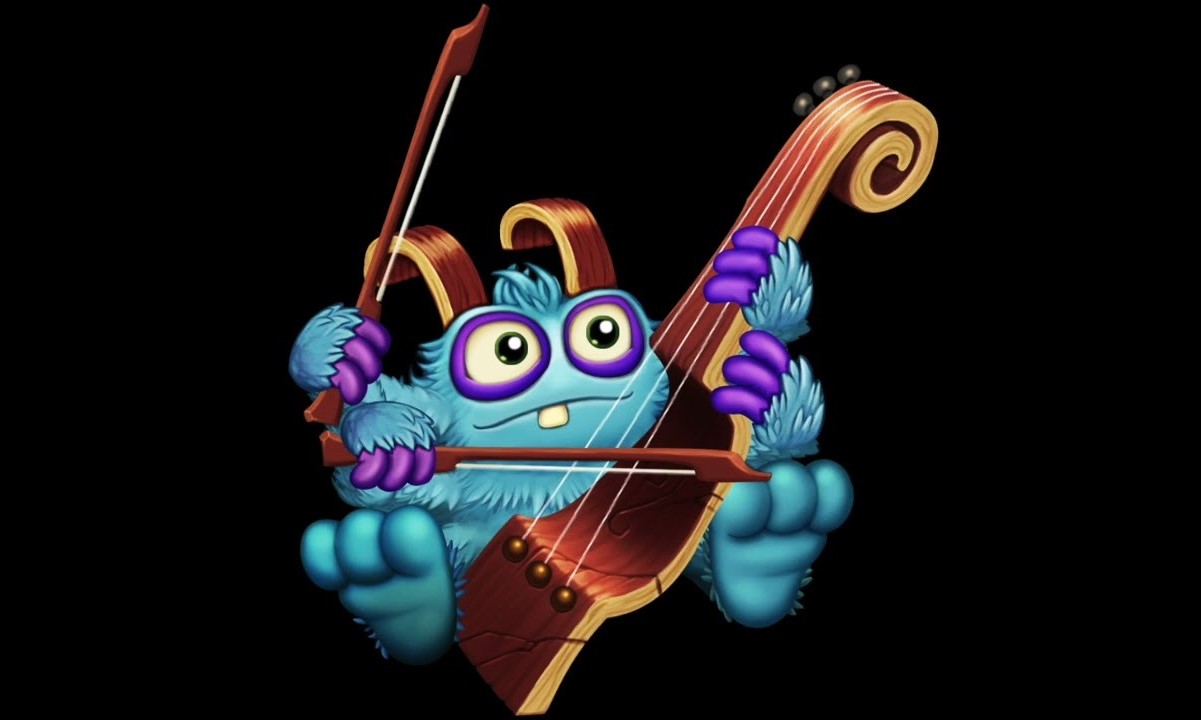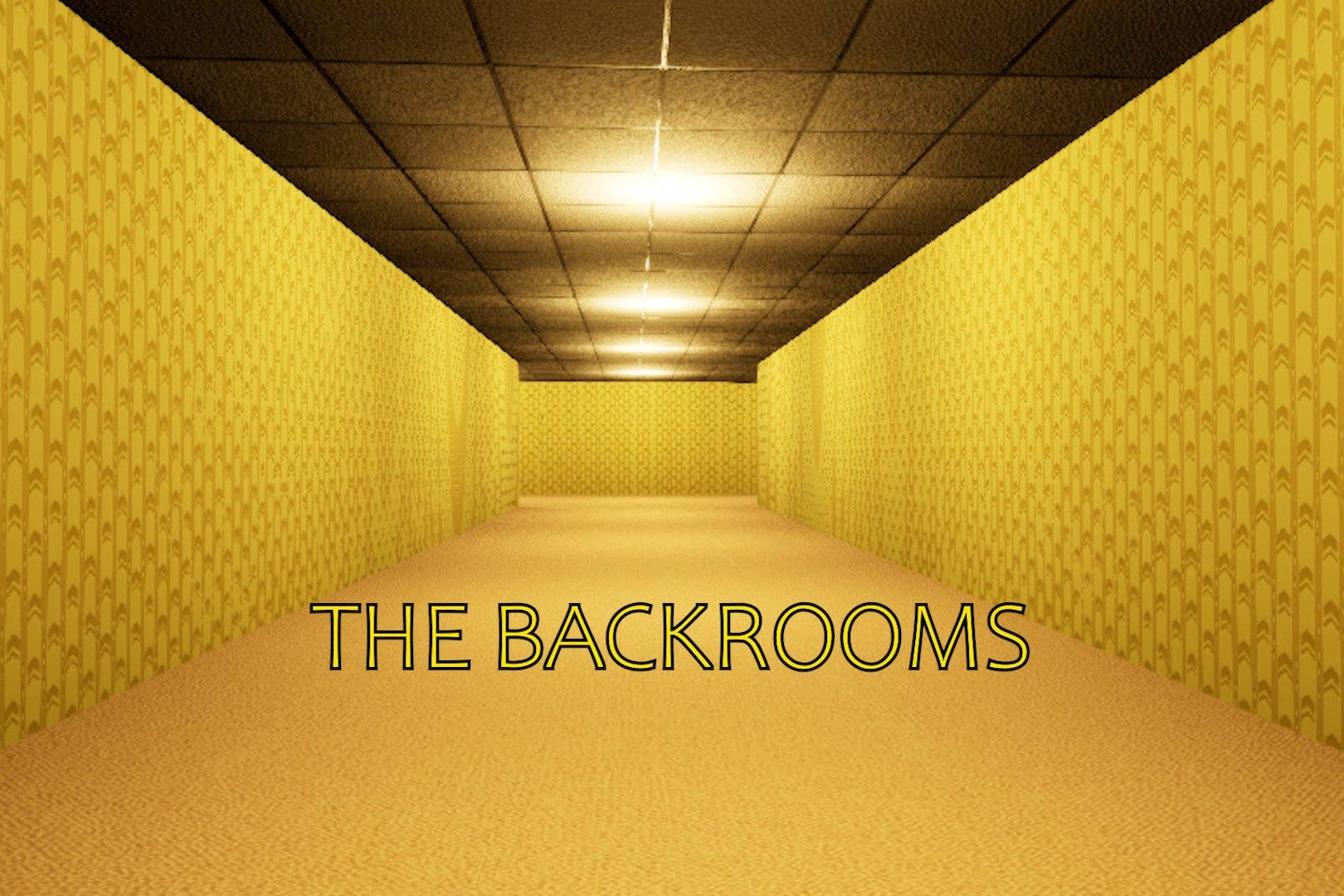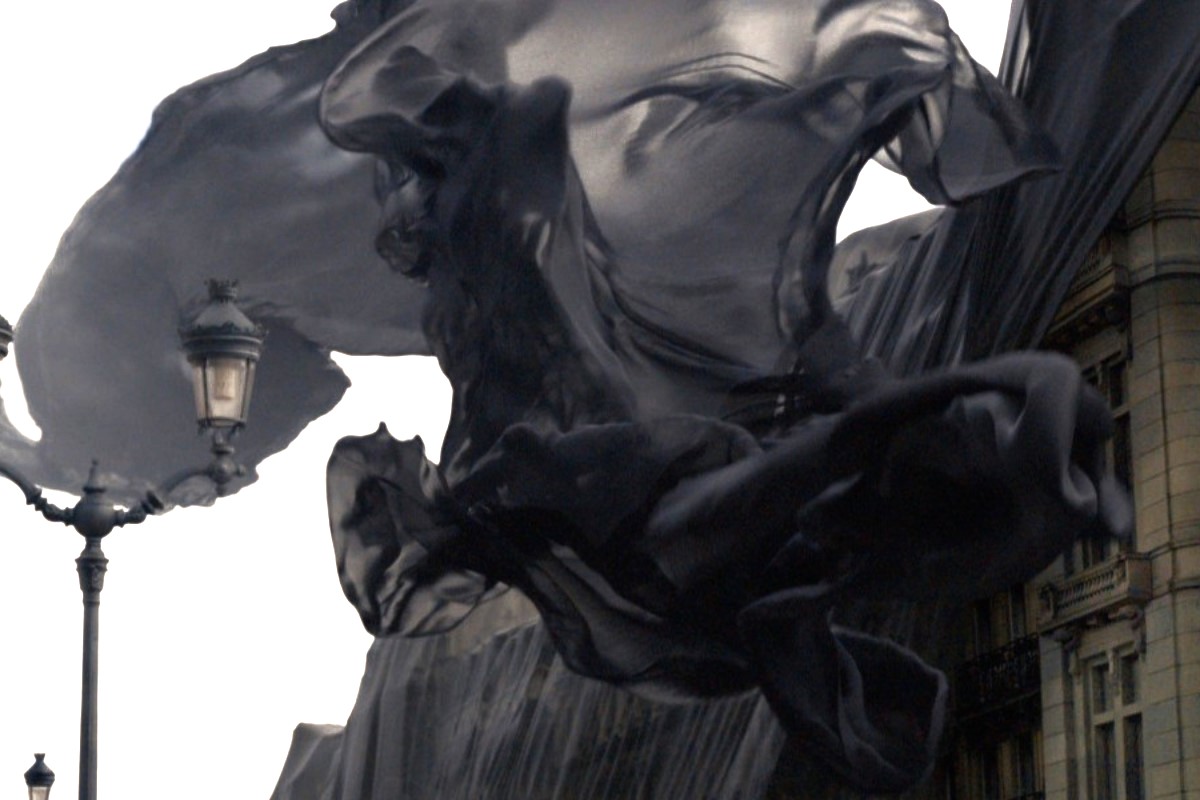Home>Entertainment>The Origins Of Godzilla: Is The Monster Based On A Real Creature?
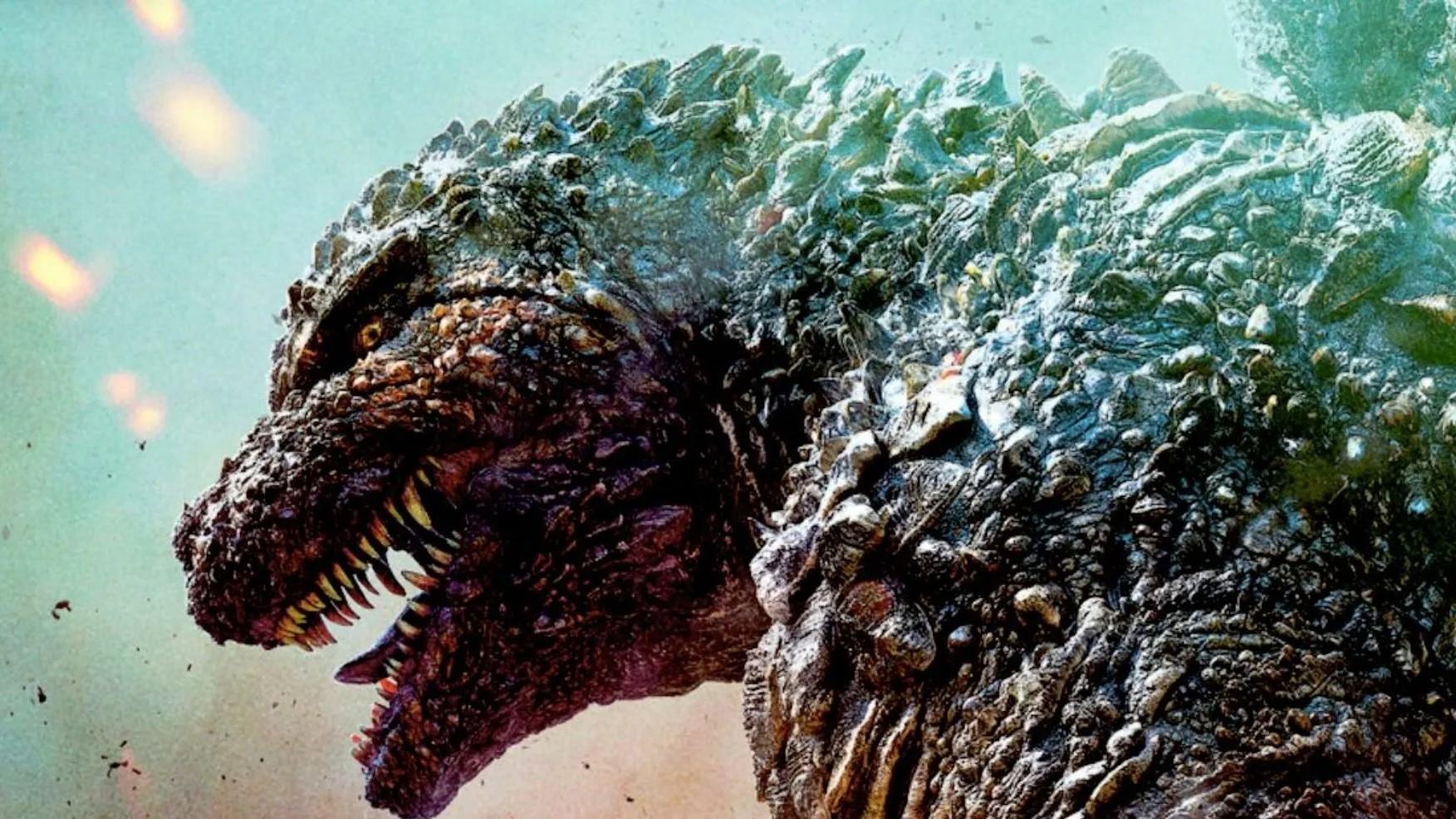

Entertainment
The Origins Of Godzilla: Is The Monster Based On A Real Creature?
Published: February 19, 2024
Discover the origins of Godzilla and uncover the truth about whether the monster is based on a real creature. Explore the fascinating history of this iconic entertainment phenomenon.
(Many of the links in this article redirect to a specific reviewed product. Your purchase of these products through affiliate links helps to generate commission for Noodls.com, at no extra cost. Learn more)
Table of Contents
Introduction
Godzilla, the iconic giant monster that has captured the imagination of audiences worldwide, has been a prominent figure in the entertainment industry for decades. With its colossal size, distinctive roar, and destructive power, Godzilla has become a symbol of both terror and fascination. The origins of this legendary creature have sparked numerous debates and theories, leading many to wonder if Godzilla is based on a real creature.
As we delve into the history and inspiration behind Godzilla, we will explore the various theories surrounding its origins. From ancient legends to modern scientific discoveries, the quest to uncover the truth about Godzilla's roots has intrigued fans and scholars alike. Join us on a journey through time and imagination as we unravel the mystery behind one of the most enduring and enigmatic figures in cinematic history.
Read more: How To Draw Godzilla
The History of Godzilla
Godzilla, originally known as "Gojira" in Japan, made its first cinematic appearance in the 1954 film of the same name. Conceived as a metaphor for the devastating power of nuclear weapons, Godzilla emerged from the depths of the ocean, wreaking havoc on Tokyo and symbolizing the collective fears and trauma of a nation still reeling from the aftermath of World War II. The film's success catapulted Godzilla to international fame, paving the way for a franchise that has spanned over six decades and encompassed numerous movies, television shows, and merchandise.
Throughout its cinematic journey, Godzilla has undergone various transformations, evolving from a symbol of destruction to a more complex and multifaceted character. The monster's portrayal has shifted from a menacing force of nature to a defender of Earth, battling other creatures and extraterrestrial threats. This evolution has allowed Godzilla to resonate with audiences across different generations, maintaining its relevance in popular culture.
The franchise's enduring legacy is a testament to the enduring appeal of Godzilla, transcending geographical and cultural boundaries. The character has become a global icon, inspiring countless adaptations, reboots, and tributes in various forms of media. Godzilla's impact extends beyond entertainment, influencing art, literature, and even scientific discussions about the hypothetical consequences of encountering such colossal creatures.
As the franchise continues to expand and evolve, Godzilla remains a symbol of resilience, adaptation, and the enduring human fascination with the unknown. Its history is a testament to the enduring power of storytelling and the ability of fictional characters to capture the collective imagination of audiences worldwide.
The Inspiration for Godzilla
The inspiration for Godzilla can be traced back to the aftermath of World War II and the lingering impact of nuclear warfare on Japanese society. In the early 1950s, Japan was still reeling from the devastation caused by the atomic bombings of Hiroshima and Nagasaki, as well as the Lucky Dragon 5 incident, in which a Japanese fishing boat was exposed to nuclear fallout from a U.S. hydrogen bomb test in the Pacific. These traumatic events deeply influenced the cultural and psychological landscape of the nation, giving rise to a collective fear of nuclear annihilation and the emergence of Godzilla as a symbolic embodiment of these fears.
The birth of Godzilla was a response to the anxieties and uncertainties of the atomic age, serving as a cautionary tale about the destructive potential of nuclear weapons and the consequences of unchecked scientific experimentation. The monster's rampages through urban landscapes mirrored the horrors of nuclear devastation, evoking the visceral terror and helplessness experienced by the survivors of the bombings. Godzilla's iconic roar and menacing appearance became a haunting reminder of the horrors of war and the specter of nuclear holocaust.
Furthermore, the creature's origins were also influenced by Japan's rich mythological and folkloric traditions, drawing inspiration from ancient tales of powerful and enigmatic creatures that roamed the earth. The concept of kaiju, or giant monsters, has deep roots in Japanese folklore, where these colossal beings often symbolize natural disasters or divine punishment. Godzilla's portrayal as a force of nature, beyond human comprehension and control, reflects these traditional narratives, adding a layer of mythic significance to the character.
In addition to its cultural and historical underpinnings, Godzilla was also shaped by the creative vision of its creators, including director Ishiro Honda and special effects wizard Eiji Tsuburaya. Their innovative approach to filmmaking, utilizing groundbreaking special effects and suitmation techniques, brought Godzilla to life in a way that captivated audiences and solidified its status as a cinematic icon.
The amalgamation of historical trauma, cultural symbolism, and creative ingenuity culminated in the birth of Godzilla, a creature that transcended its fictional origins to become a potent symbol of resilience, introspection, and the enduring human spirit in the face of adversity.
Theories on the Origins of Godzilla
The origins of Godzilla have sparked a myriad of theories and speculations, reflecting the enduring fascination with the enigmatic creature. One prevailing theory suggests that Godzilla's inspiration can be traced to ancient mythological creatures, such as the dragon-like beings found in various cultures around the world. These legendary creatures, often depicted as powerful and fearsome entities, bear striking similarities to Godzilla in terms of their colossal size and mythical significance. The concept of Godzilla as a modern incarnation of these ancient legends adds a layer of timeless mystique to the character, connecting it to humanity's enduring fascination with mythical beasts.
Another compelling theory revolves around the possibility of Godzilla being a manifestation of humanity's subconscious fears and anxieties. In this interpretation, Godzilla represents a symbolic embodiment of the collective human psyche, reflecting deep-seated concerns about environmental degradation, technological hubris, and the precarious balance between civilization and nature. The monster's destructive power and untamed nature serve as a potent metaphor for the existential threats that loom over modern society, prompting introspection and contemplation about the consequences of human actions.
Furthermore, some theories posit that Godzilla may have been inspired by real-life prehistoric creatures, such as dinosaurs or ancient marine reptiles. The discovery of fossilized remains and the reconstruction of these ancient behemoths have captured the imagination of scientists and laypeople alike, fueling speculation about the potential existence of colossal creatures that once roamed the earth. The parallels between Godzilla and these prehistoric giants have led to conjecture about the possibility of a real-life prototype for the iconic monster, blurring the lines between fiction and scientific curiosity.
Additionally, cultural influences and contemporary events have also been cited as potential sources of inspiration for Godzilla's origins. From the impact of industrialization and urbanization to the specter of nuclear proliferation and environmental disasters, the societal and geopolitical upheavals of the 20th century have left an indelible mark on the collective consciousness, shaping the narrative of Godzilla as a reflection of these tumultuous times.
As these theories intertwine and intersect, they contribute to the enduring allure of Godzilla, inviting audiences to ponder the multifaceted nature of the creature and its significance in the broader context of human imagination and storytelling. The enigma surrounding Godzilla's origins continues to captivate enthusiasts and scholars, underscoring the enduring legacy of this iconic monster.
Is Godzilla Based on a Real Creature?
The question of whether Godzilla is based on a real creature has long intrigued enthusiasts and sparked fervent debates. While Godzilla is undeniably a fictional creation, the possibility of its real-life inspiration has been a subject of speculation and fascination.
One prevailing line of thought revolves around the existence of prehistoric creatures, particularly dinosaurs and ancient marine reptiles, as potential prototypes for Godzilla. The discovery of fossilized remains and the reconstruction of these colossal beings have fueled conjecture about the parallels between these ancient giants and the iconic monster. The awe-inspiring size and formidable presence of dinosaurs, such as the Tyrannosaurus rex and the Stegosaurus, evoke comparisons to Godzilla's imposing stature and mythical aura. Similarly, the existence of ancient marine reptiles, such as the mighty Mosasaurus, adds to the intrigue surrounding the potential real-life inspirations for Godzilla's aquatic attributes.
Furthermore, the concept of kaiju, or giant monsters, has deep roots in global mythological and folkloric traditions, with numerous cultures featuring legends of colossal and enigmatic creatures. These mythical beings, often associated with natural disasters or divine retribution, bear striking resemblances to Godzilla in terms of their immense size and symbolic significance. The enduring fascination with these ancient myths and their influence on popular culture have contributed to the speculation about Godzilla's mythical origins and its potential connection to real-world legends.
Moreover, the exploration of uncharted territories and the depths of the ocean have yielded remarkable discoveries of previously unknown species, some of which exhibit extraordinary adaptations and formidable characteristics. These findings have fueled speculation about the possibility of encountering colossal creatures that defy conventional understanding, blurring the boundaries between scientific inquiry and the realm of speculative fiction.
While Godzilla's status as a fictional creation remains undisputed, the enduring allure of the creature and the convergence of scientific discoveries, mythological narratives, and cultural symbolism continue to fuel the imagination, prompting contemplation about the potential existence of real-life counterparts to this iconic monster. The enigma surrounding Godzilla's origins serves as a testament to the enduring power of storytelling and the boundless depths of human curiosity and imagination.
Conclusion
In conclusion, the origins of Godzilla remain shrouded in mystery and intrigue, captivating audiences and scholars alike with the enduring enigma of this iconic monster. From its humble beginnings as a metaphor for the perils of nuclear warfare to its evolution into a multifaceted symbol of resilience and cultural significance, Godzilla has transcended its fictional origins to become a potent reflection of human fears, aspirations, and the timeless allure of the unknown.
The history of Godzilla is a testament to the enduring power of storytelling and the ability of fictional characters to capture the collective imagination of audiences worldwide. Its cinematic journey, spanning over six decades and encompassing numerous adaptations and reboots, underscores the enduring relevance and impact of this legendary creature. Godzilla's ability to adapt and resonate with different generations speaks to its timeless appeal and its capacity to reflect the evolving concerns and aspirations of society.
The inspiration for Godzilla, rooted in the aftermath of World War II and the specter of nuclear devastation, underscores the profound cultural and historical underpinnings of the character. The monster's emergence as a symbolic embodiment of humanity's subconscious fears and anxieties adds a layer of depth and complexity to its narrative, prompting contemplation about the enduring relevance of its allegorical significance.
Theories surrounding the origins of Godzilla, ranging from ancient mythological creatures to real-life prehistoric prototypes, contribute to the enduring allure of the enigmatic monster. The convergence of cultural influences, scientific discoveries, and speculative narratives underscores the multifaceted nature of Godzilla's legacy, inviting enthusiasts to ponder the intricate tapestry of influences that have shaped its enduring mystique.
While the question of whether Godzilla is based on a real creature continues to fuel speculation and debate, the enduring fascination with the creature transcends the boundaries of fiction and reality. Whether rooted in ancient myths, scientific conjecture, or the depths of human imagination, Godzilla's legacy endures as a testament to the enduring power of storytelling and the boundless depths of human curiosity and creativity.
As we continue to unravel the mysteries of Godzilla and its enduring impact on popular culture, one thing remains certain: the enigmatic creature will continue to reign supreme as a symbol of resilience, introspection, and the enduring human spirit in the face of adversity.


